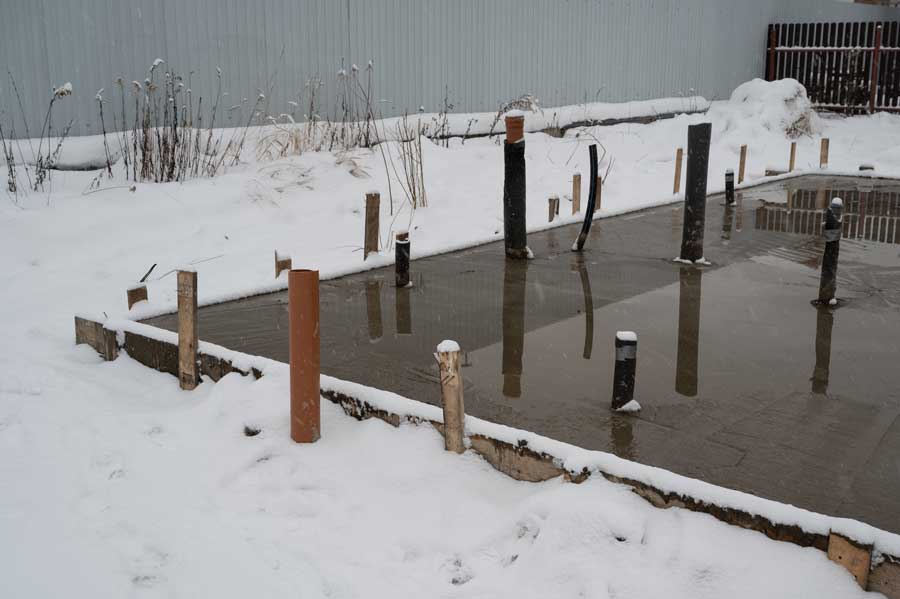
Common Winter Foundation Issues
Common Winter Foundation Issues
Winter can be difficult for people and animals to endure, but did you know that it is also hard on homes? The changes in temperature and fluctuations in soil can wreak havoc on your foundation.
Frost Heaving
If you live in a climate that fluctuates often between cold and warm temperatures, you will likely encounter issues with frost heaving. Frost heaving is the process of continuous freezing and thawing of the top layer of soil. The fluctuations cause the lower layer of soil to shift, damaging your home's foundation.
Frozen Pipes
Frozen pipes may not seem like a foundation problem, but they become one if they burst. Burst pipes cause a lot of water damage that will affect your foundation in the future. Prevention is key. If possible, place lights next to the exposed pipes to keep them warm. If this is not an option, you can leave your faucets dripping. Moving water is much less likely to freeze than standing water.
Freeze/Thaw Cycles
Freeze/thaw cycles have a similar effect on your foundation as frost heaving. Contrary to what the name implies, the temperatures do not have to reach freezing for the ground to go through freeze/thaw cycles. Instead, the temperature only needs to reach 40 degrees Fahrenheit for three or more consecutive days before then getting warmer.
Prevention and Maintenance
Prevention is the best way to protect your foundation from winter problems. Your landscape should always slope away from your home, and you should seek routine maintenance. If you have issues or need assistance, call Park Range Construction today to speak with one of our foundation repair specialists.
Conclusion
Winter is a stressful time for your home's foundation. By taking proper precautions, you can help prevent these problems and protect your home from damage.
Published on 1-14-2022